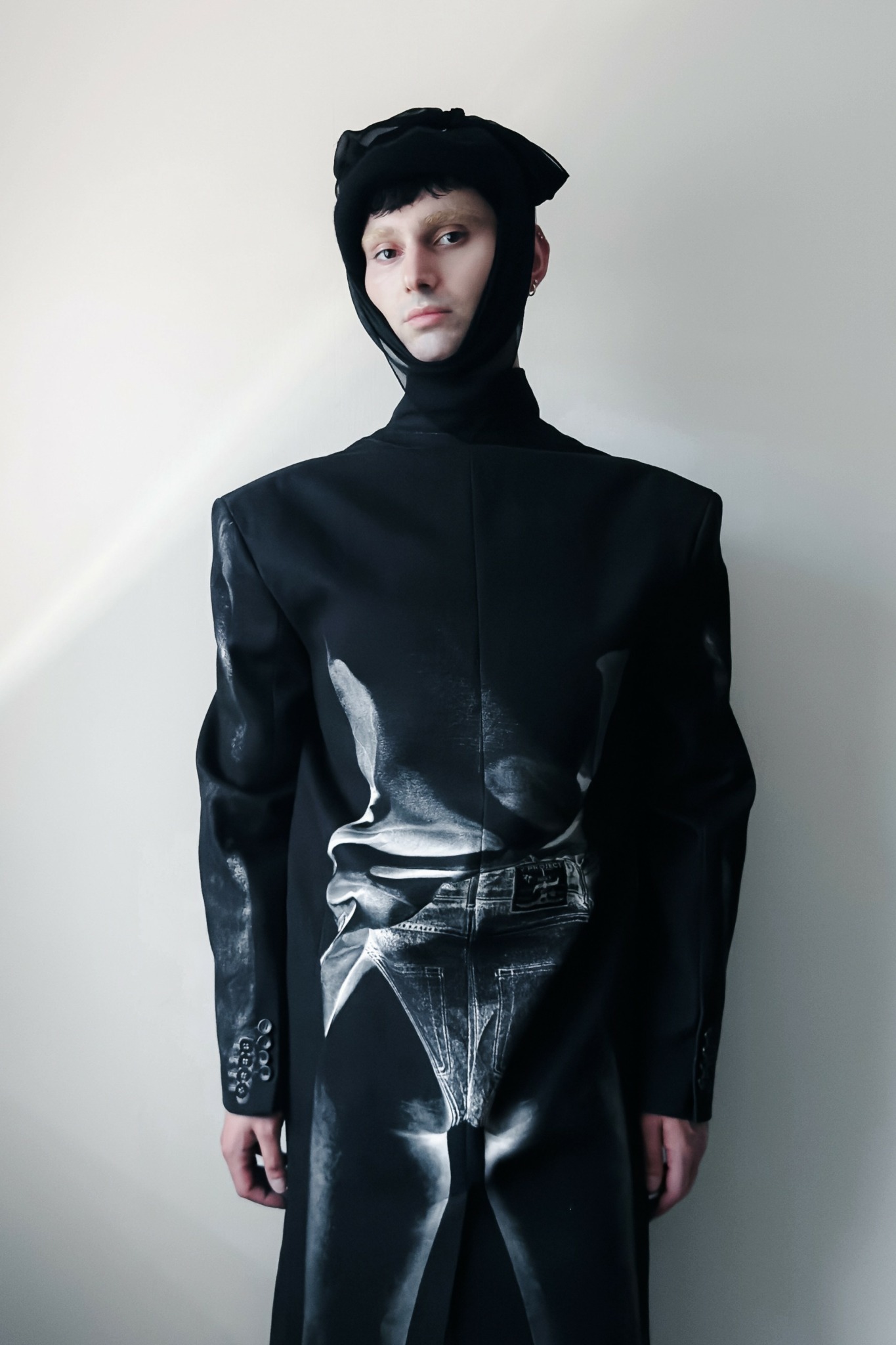Alright – so today we’ve got the honor of introducing you to Eray Tonk. We think you’ll enjoy our conversation, we’ve shared it below.
Eray, thanks for joining us, excited to have you contributing your stories and insights. Alright – so having the idea is one thing, but going from idea to execution is where countless people drop the ball. Can you talk to us about your journey from idea to execution?
The idea for LUMENS unfolded gradually, rooted in my first encounter with Donna Haraway’s Staying with the Trouble during a Gender and Social Studies seminar in 2023. Her texts, and later also the Cyborg Manifesto, opened up an imaginative cosmos for me, one that questioned what it means to live, to coexist, and to create in our time. From then on, I knew my final project would grow out of these ideas.
I was immediately drawn to the format of a photobook. A book creates a rhythm. You move through it, page by page, image by image, text by text. It allows for slowness, for intimacy, for immersion. I wanted LUMENS to feel like stepping into a cosmos where each spread adds a new layer, like chapters in a speculative narrative. Photography, for me, was the natural medium because it can oscillate between reality and fiction, between document and invention.
The photography itself emerged from a series of staged shoots that blurred the lines between fashion, performance, and speculative portraiture as well as landscape photography. I worked with the body as a central medium, transforming it through costume, styling, and light into hybrid beings that echo Haraway’s visions of symbiosis and kinship. Some images are sleek, almost polished, while others are raw and chaotic. This deliberate tension became essential because it reflects the contradictions between utopia and decay, between desire and resistance.
The spirit of punk runs like an undercurrent through the work. Punk has always stood for radical freedom, anti-establishment energy, and self-invention and therefore I wanted LUMENS to embody that same anarchic vitality. You see it in the roughness of certain edits, in the layering of imagery, and in the refusal to polish every detail into harmony. The book’s structure resists linear storytelling and unfolds more like fragments of a manifesto, sometimes abrupt, sometimes lyrical, always unfinished in a productive way.
These ideas also shaped my design decisions. The layout moves between full-bleed spreads and carefully placed white space, creating a rhythm of intensity and pause like breathing. Typography is minimal but sharp, designed to support the images rather than dominate them; when text appears, it functions like a whisper or interruption, not an explanation. I was drawn to a paper stock with a tactile surface, one that makes the images feel present and almost alive in the hands of the reader. Color plays a vital role as well: luminous, dark tones clash with deep shadows, creating a visual language that oscillates between allure and abrasion.
Ultimately, LUMENS became a cosmos of its own; an experimental space where photography, theory, and design intertwine. For me, it is not only a thesis project, but also a very personal exploration of what it means to be human in the present moment: fragile, hybrid, in flux. Every choice from the photographic language to the sequencing, typography, and paper was guided by a desire to translate Haraway’s thought-world into a tangible, sensorial experience. Rather than illustrating her theories, I wanted the book to let you feel them, to immerse you in an atmosphere where imagination and resistance can coexist.
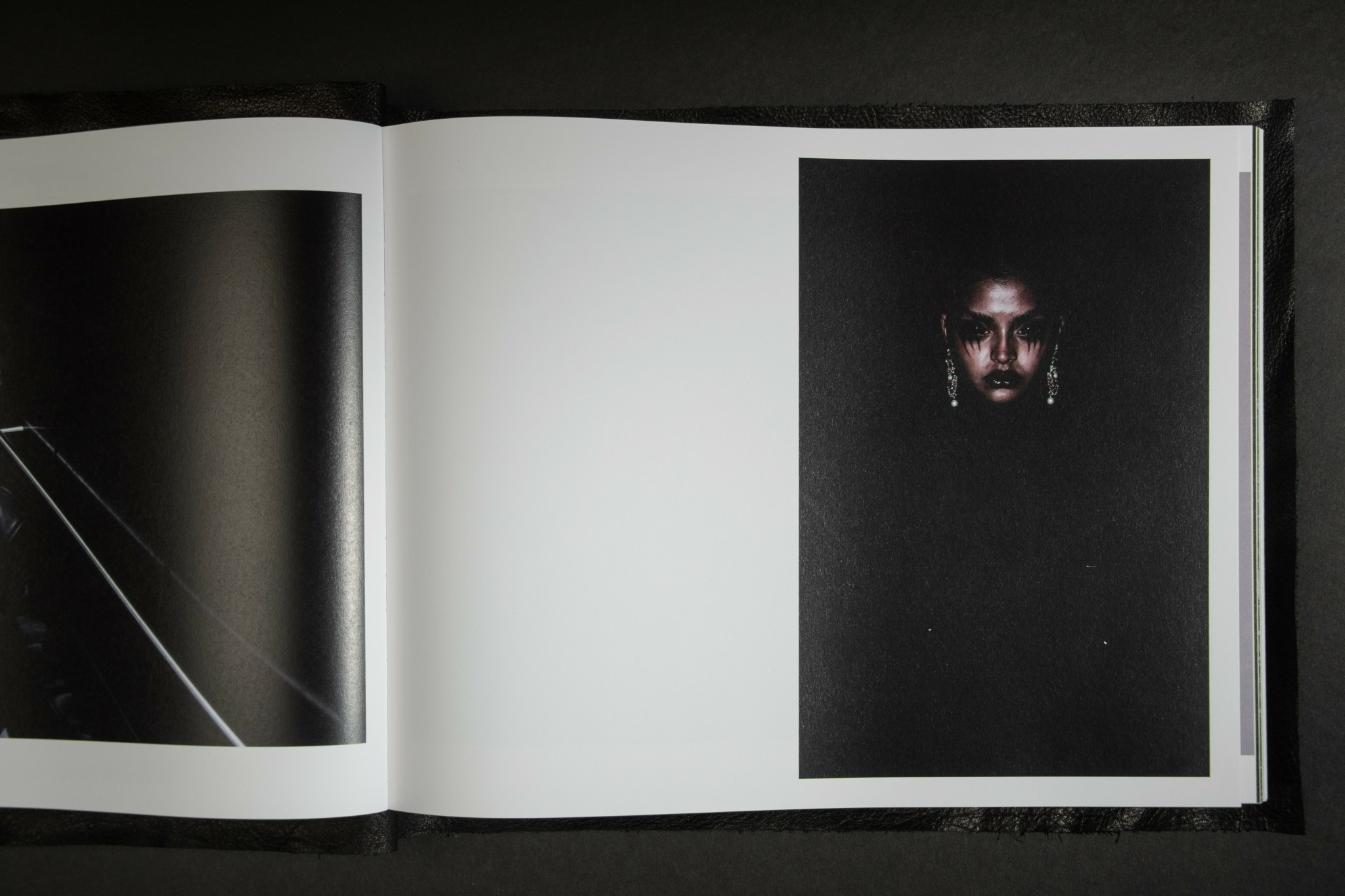
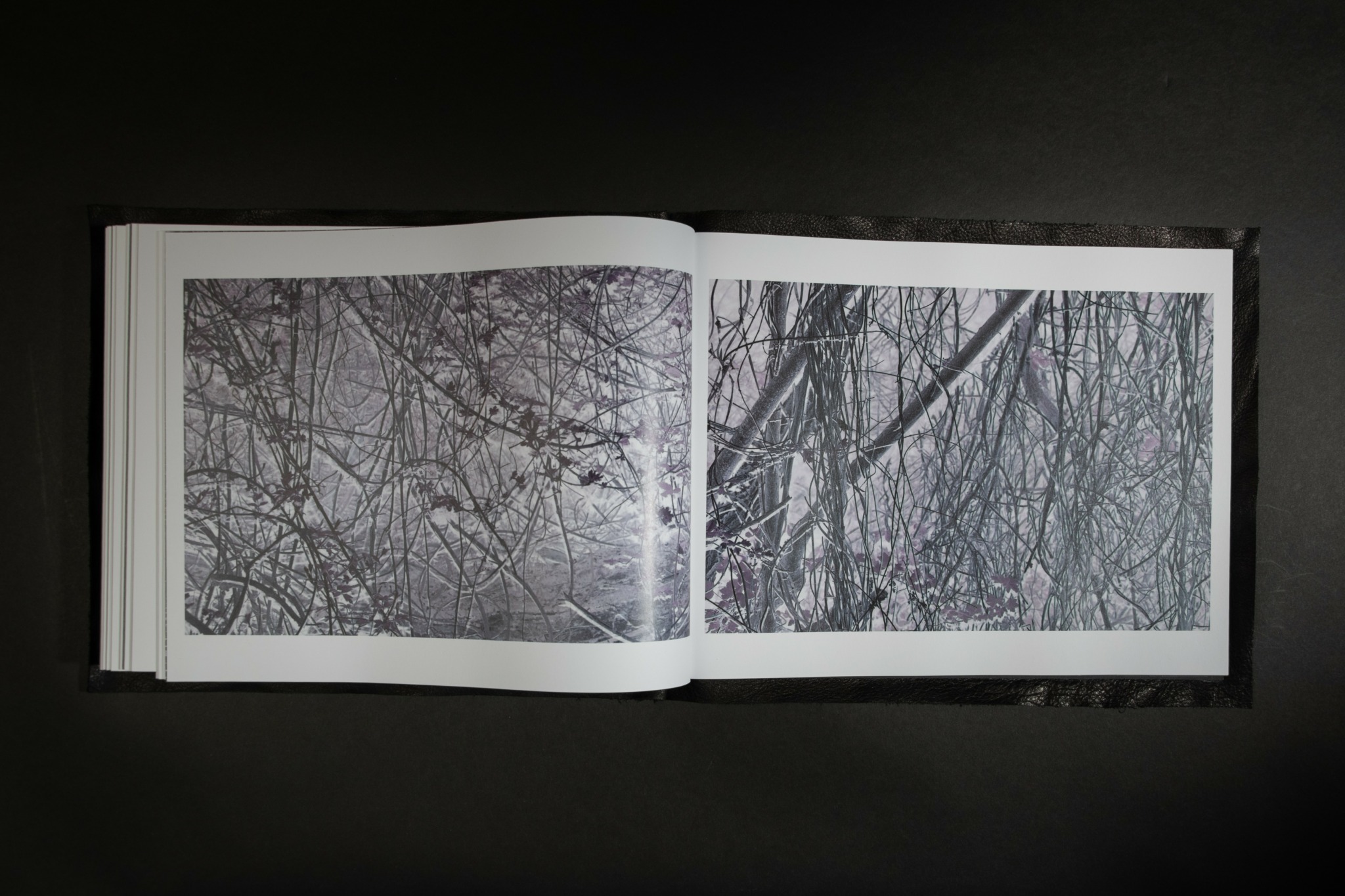
Awesome – so before we get into the rest of our questions, can you briefly introduce yourself to our readers.
I see myself as someone who works in images, but never in a single form. My background is in Communication Design, yet I’ve always been drawn to the places where disciplines begin to blur. Photography, styling, and illustration are not separate practices for me, they constantly flow into one another, exchanging languages, shaping atmospheres, and opening new perspectives. Sometimes an image begins with a drawing, sometimes with a piece of fabric or a gesture, and sometimes simply with light. Each of these elements carries its own voice, but together they create the visual worlds I want to invite people into.
My path into this work was never linear. It began with a fascination for how aesthetics can shape identity, how clothing, textures, or a certain framing of the body can speak without words. From there, I kept expanding my tools. Drawing became a way to think through ideas intuitively, design gave me the structure to weave everything together, and photography became the space where these threads meet, where imagination takes on tangible form. What unites all of this is not a single discipline but a desire to explore how images can hold complexity, contradiction, and possibility.
Thematically, I am deeply inspired by ecofeminism. It resonates with me because it insists on interconnection between humans, non-humans, and environments and furthermore it challenges the hierarchies that still dominate our world. When I discovered Donna Haraway’s Staying with the Trouble, it was as if her words unlocked a compass for my practice. Since then, my work has been about creating visual experiences that embody these ideas of kinship, care, and transformation, whether through the tactile layering of clothes and textures, the speculative figures that emerge in my photography, or the organic lines and shapes that surface in my illustrations.
This approach also defines how I work with others. When I create, I am not interested in simply producing polished images; I want to build atmospheres to make space for honesty, vulnerability, and depth. My recent photobook LUMENS reflects that: it weaves together speculative photography, punk aesthetics, and ecofeminist thought into something you can hold in your hands, a book that resists linearity and instead invites readers into a fragmented, luminous cosmos of its own.
What I am most proud of is not one single project but the fact that I’ve remained true to this experimental and interdisciplinary way of working. It is not the easiest path, but it is the most authentic for me. What I want people to know about me and my work is that it is always an invitation, an opening toward other ways of seeing and imagining. Whether through a photobook, an editorial, or a drawing, I want my work to feel like a doorway into my imagination and into possible futures that we can begin to envision together.
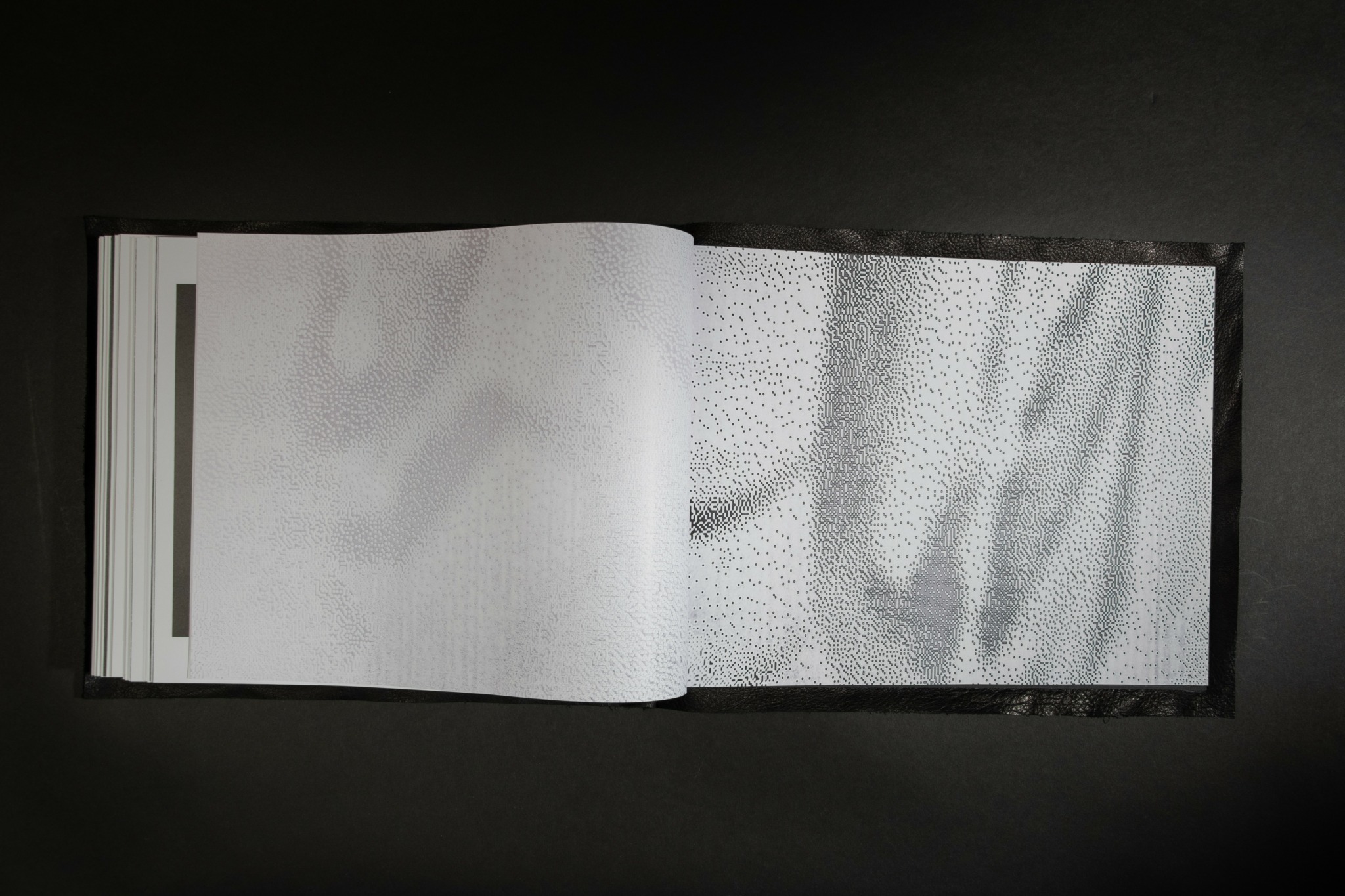
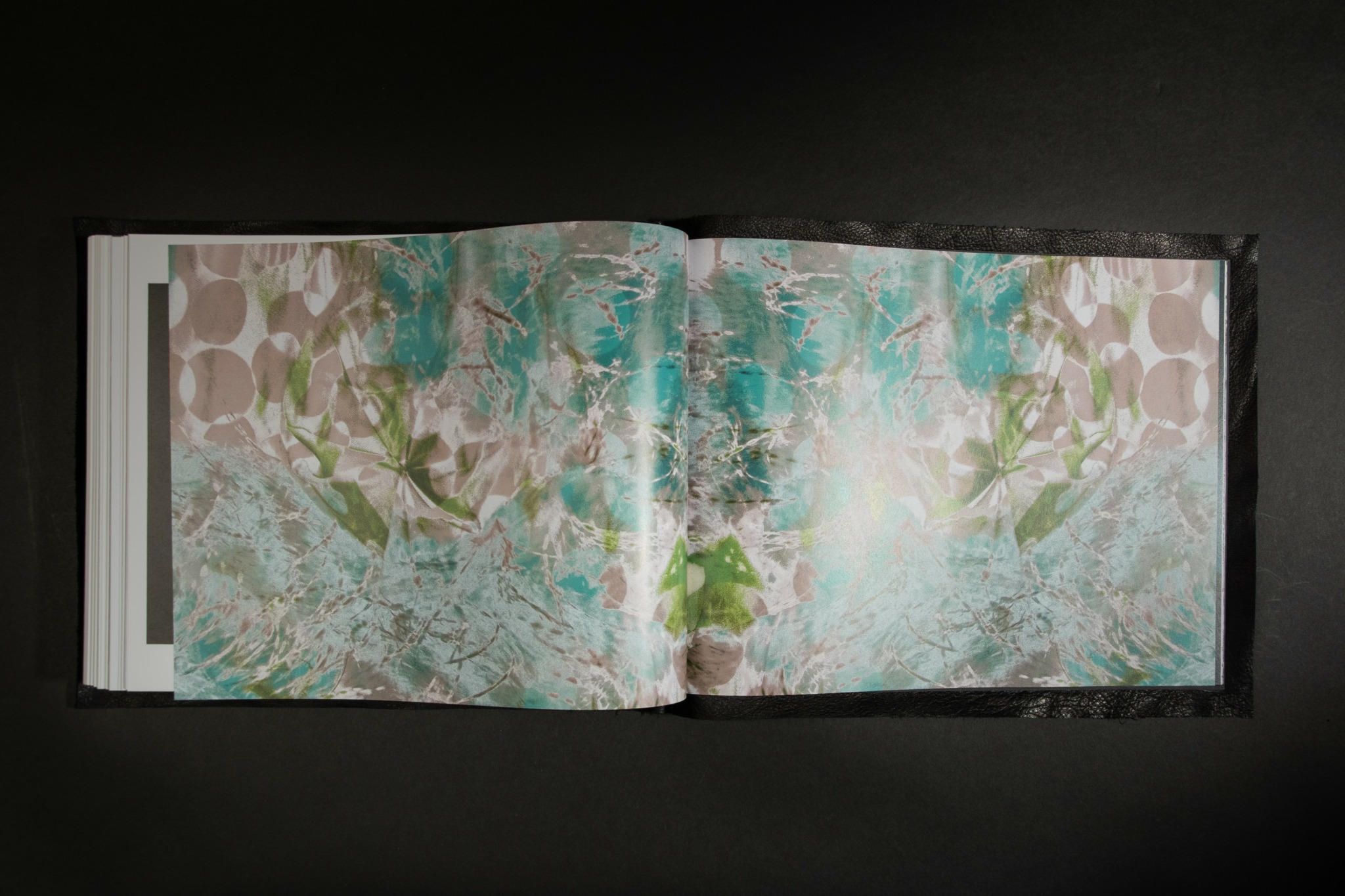
Learning and unlearning are both critical parts of growth – can you share a story of a time when you had to unlearn a lesson?
A lesson I had to unlearn was the idea that speed equals progress. Before I started my studies and even during the first years of university, I was very restless, always chasing the next result, the next image, the next finished piece of work. I thought creativity meant moving quickly, producing constantly, proving my ideas by turning them into outcomes as fast as possible.
But over time I realized that this urgency often stood in the way of depth. Especially in creative work, there is a temptation to celebrate instant results, to feel productive simply because something exists. Yet what I learned is that in stillness, in taking a pause, there is a different kind of power. Reflection became part of my process: asking myself, “What does this work need? What could be changed? What if I let it breathe a little longer?”
For me, this shift was profound. It taught me that creativity isn’t only about the spark of imagination, but also about patience and about giving an idea the time and space it needs to grow into something more layered and meaningful. As artists and designers, we often long for immediate clarity, but I’ve come to see the unfinished, the slow, and the uncertain as equally valuable. In many ways, unlearning speed has allowed me to make work that feels more honest, more alive, and more connected to who I am.
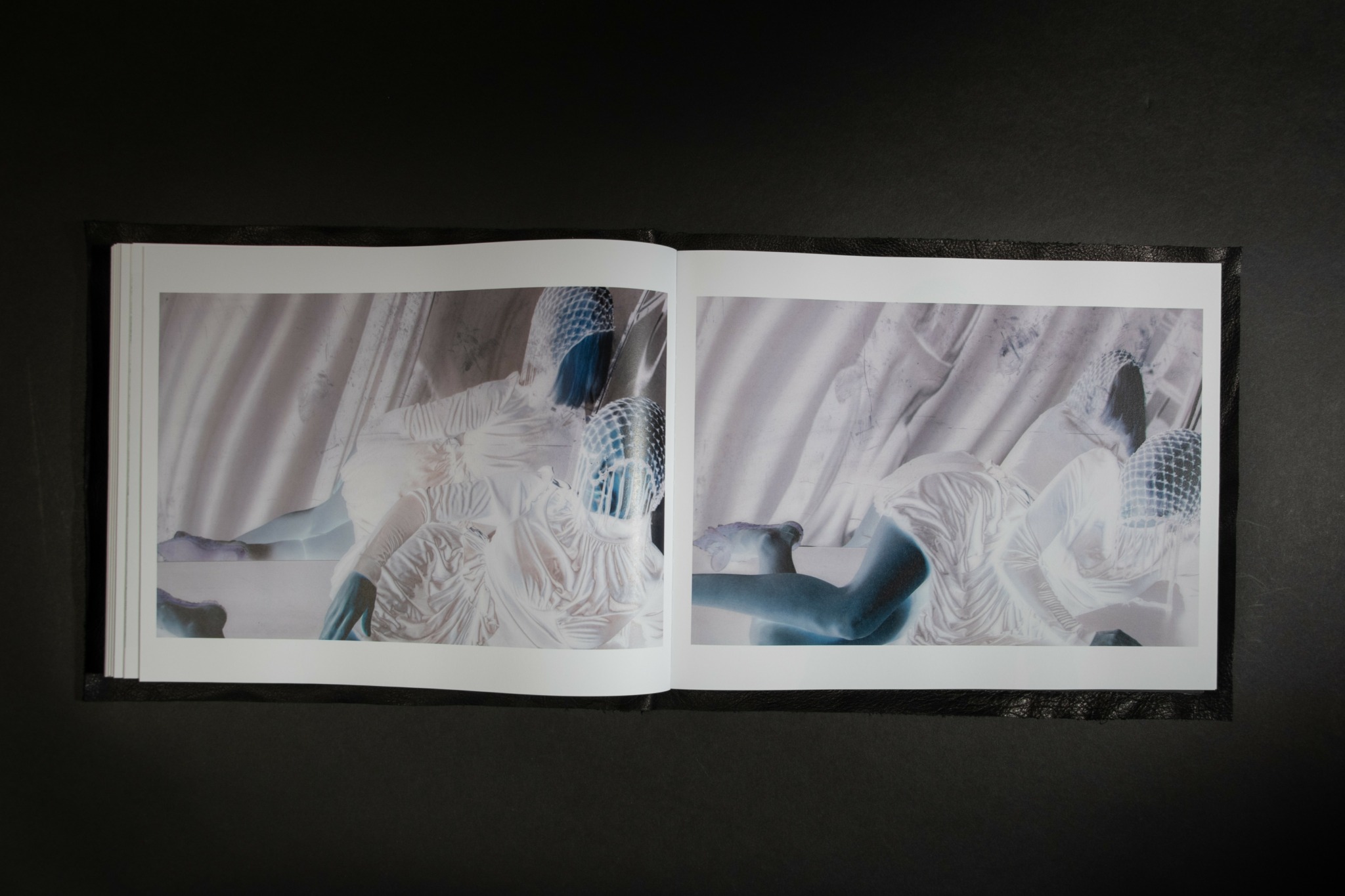
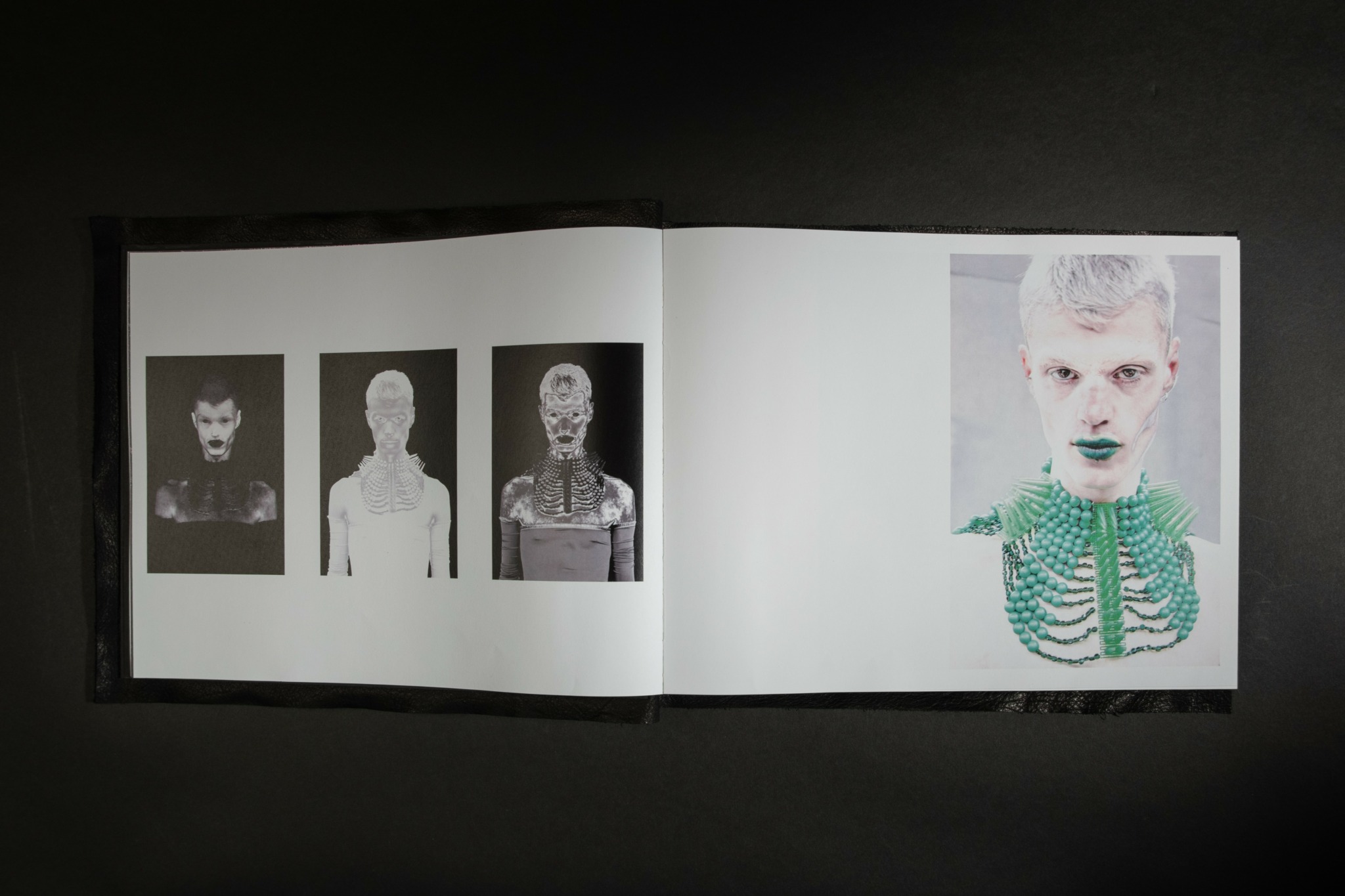
We’d love to hear a story of resilience from your journey.
For me, resilience has never been about pushing through at all costs, but about holding on to a certain belief: that one should never lose hope in oneself. It might sound simple and even a little overused but I truly believe it. There have been moments in my journey where things felt uncertain, where I doubted my direction or questioned whether I was capable of carrying an idea through. What carried me in those moments was the conviction that even in difficulty, there is something to be learned, something that can strengthen you.
I have always found resilience in turning toward the world rather than away from it. Life itself—its chaos, its beauty, its contradictions—has a way of offering inspiration when you allow yourself to notice it.
What keeps me going is the thought that both the world and life itself can act as teachers and companions. They challenge us, but they also sustain us. Resilience, for me, is not a single dramatic moment of overcoming, but a continuous practice of staying with myself, trusting that hope is not naive but necessary. Especially in difficult times, this perspective has given me the energy to keep working, to keep imagining, and to keep creating.
Contact Info:
- Website: https://eraytonk.com
- Instagram: https://www.instagram.com/eraytonk/
- Youtube: https://www.youtube.com/watch?v=sYlHbj7qjCk
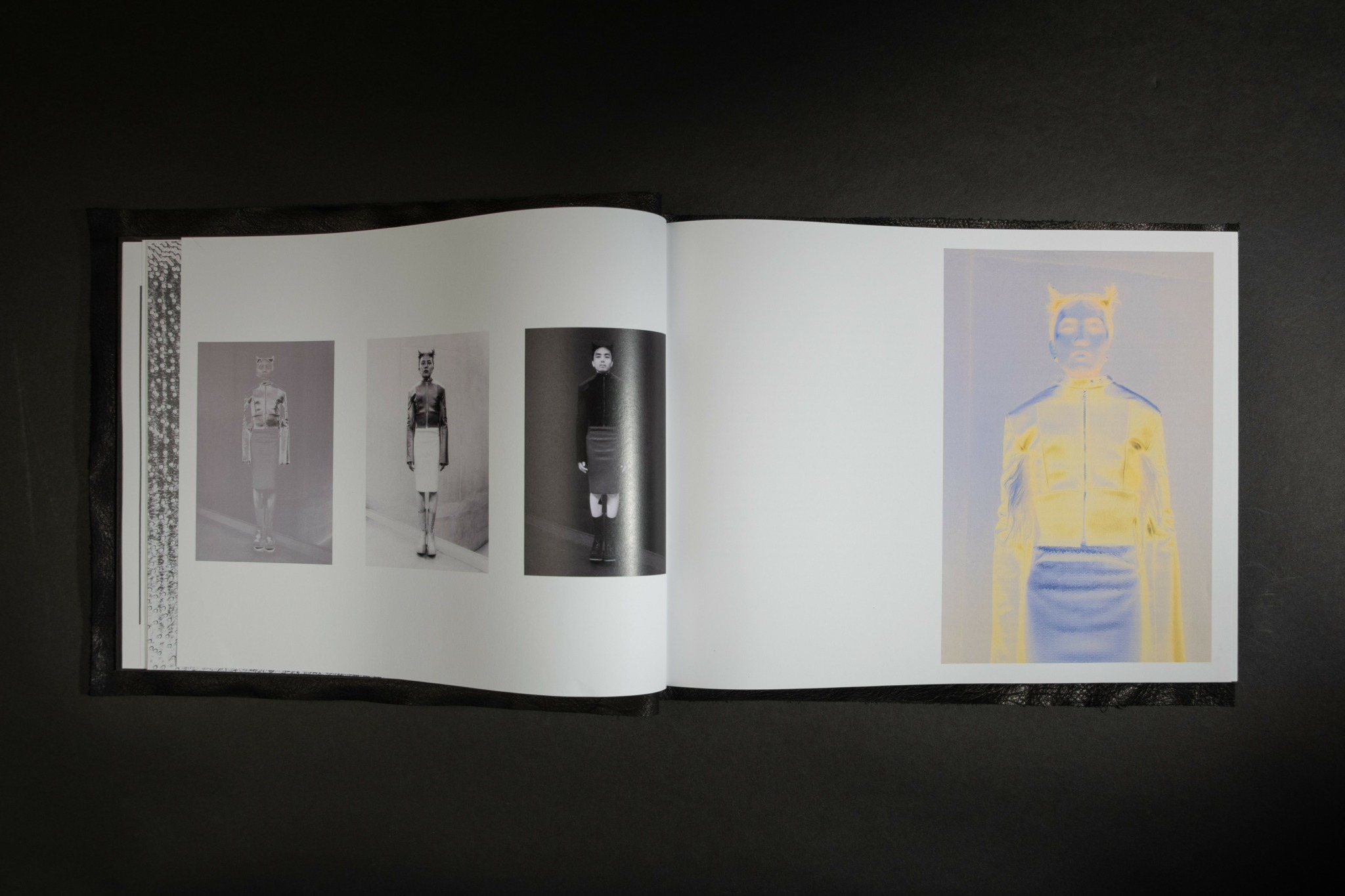

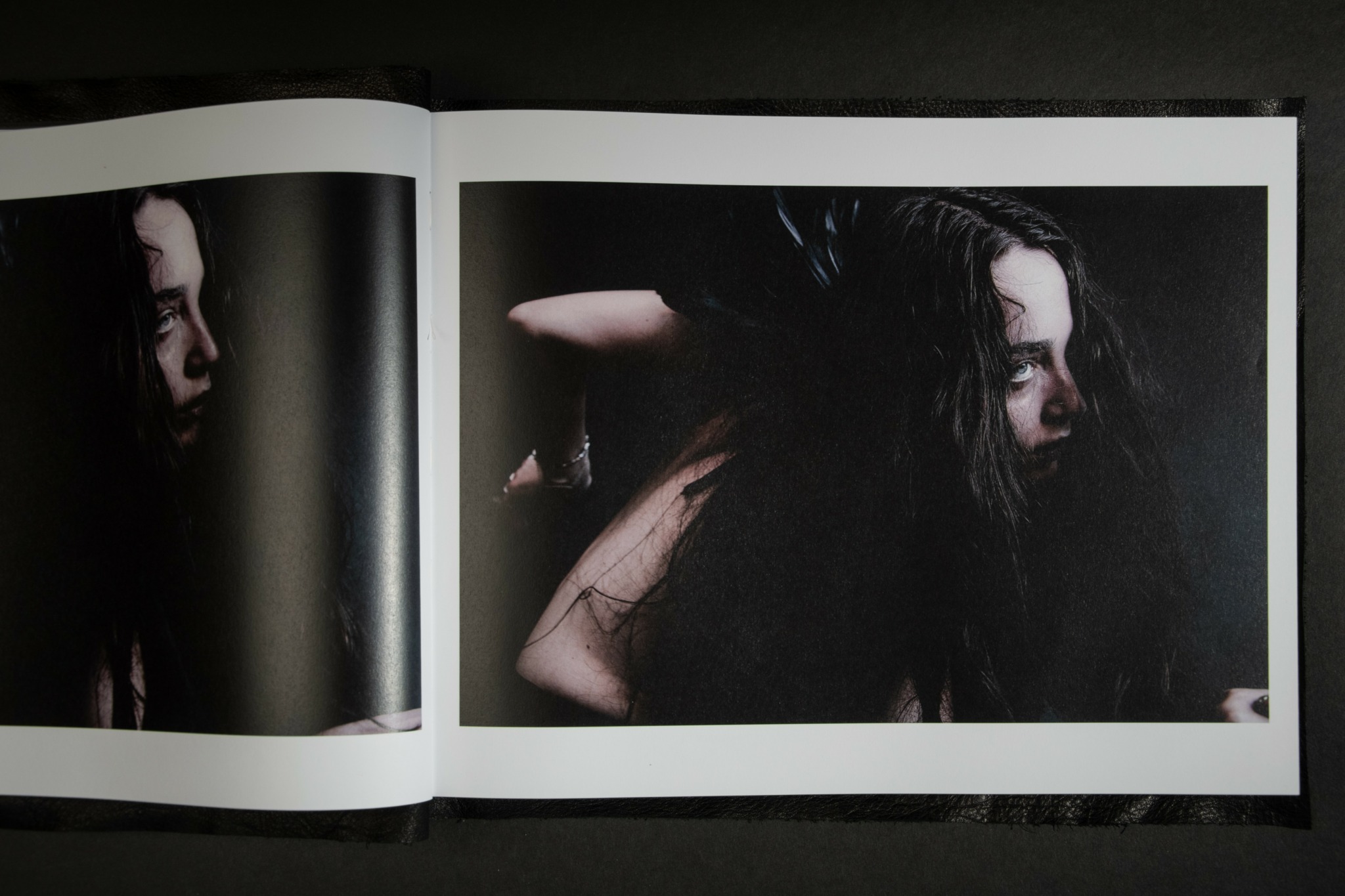
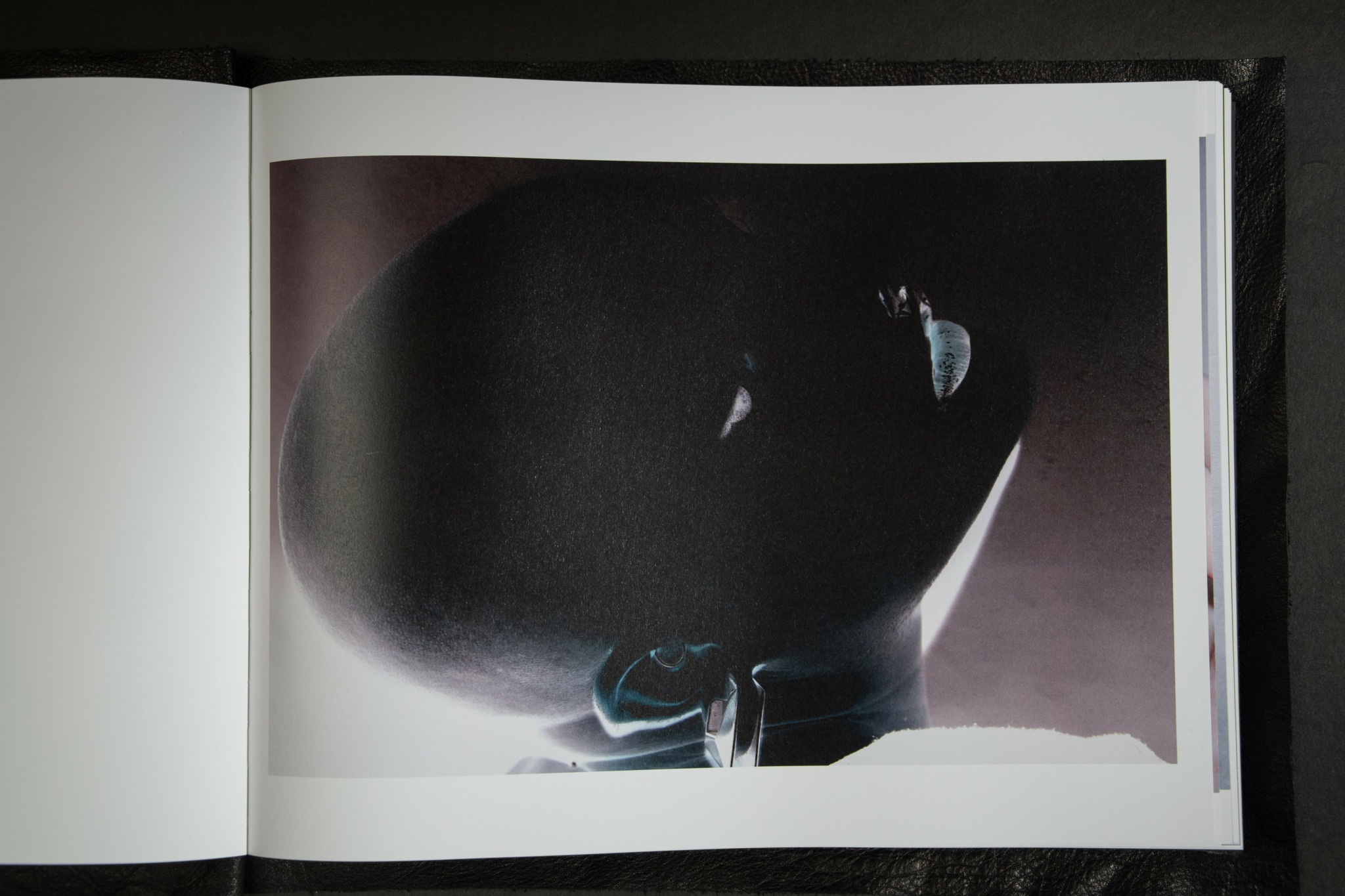



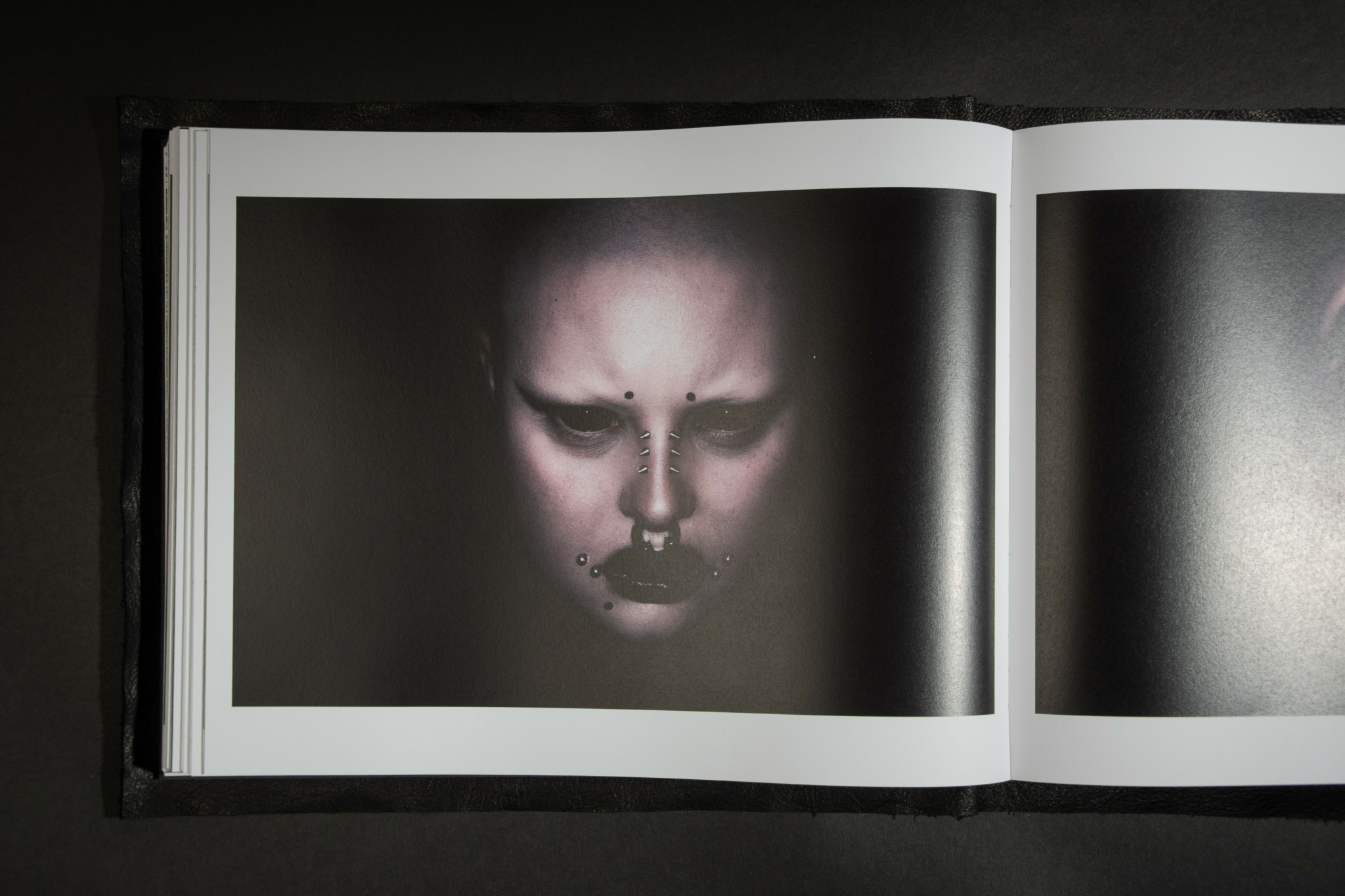
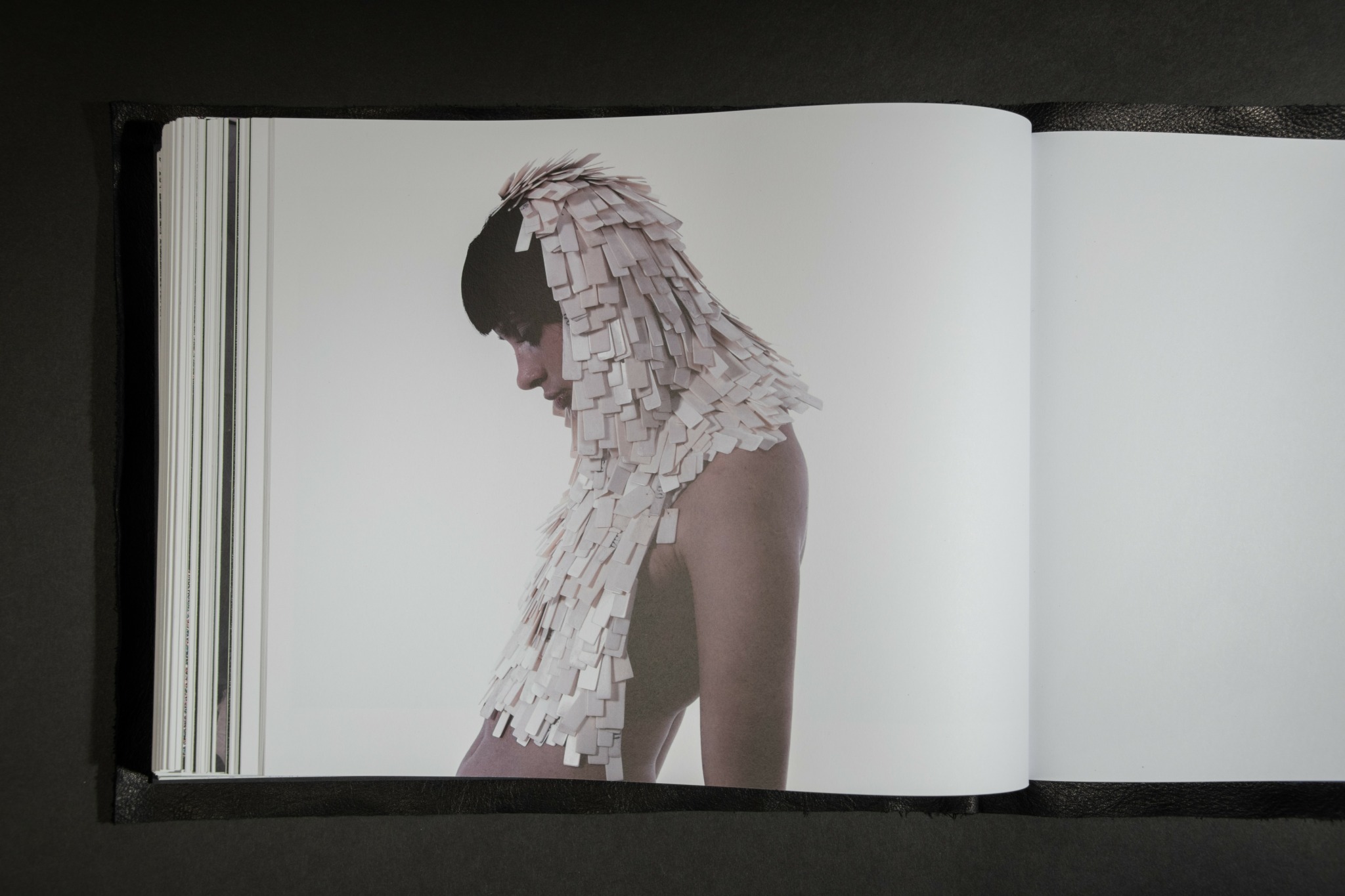
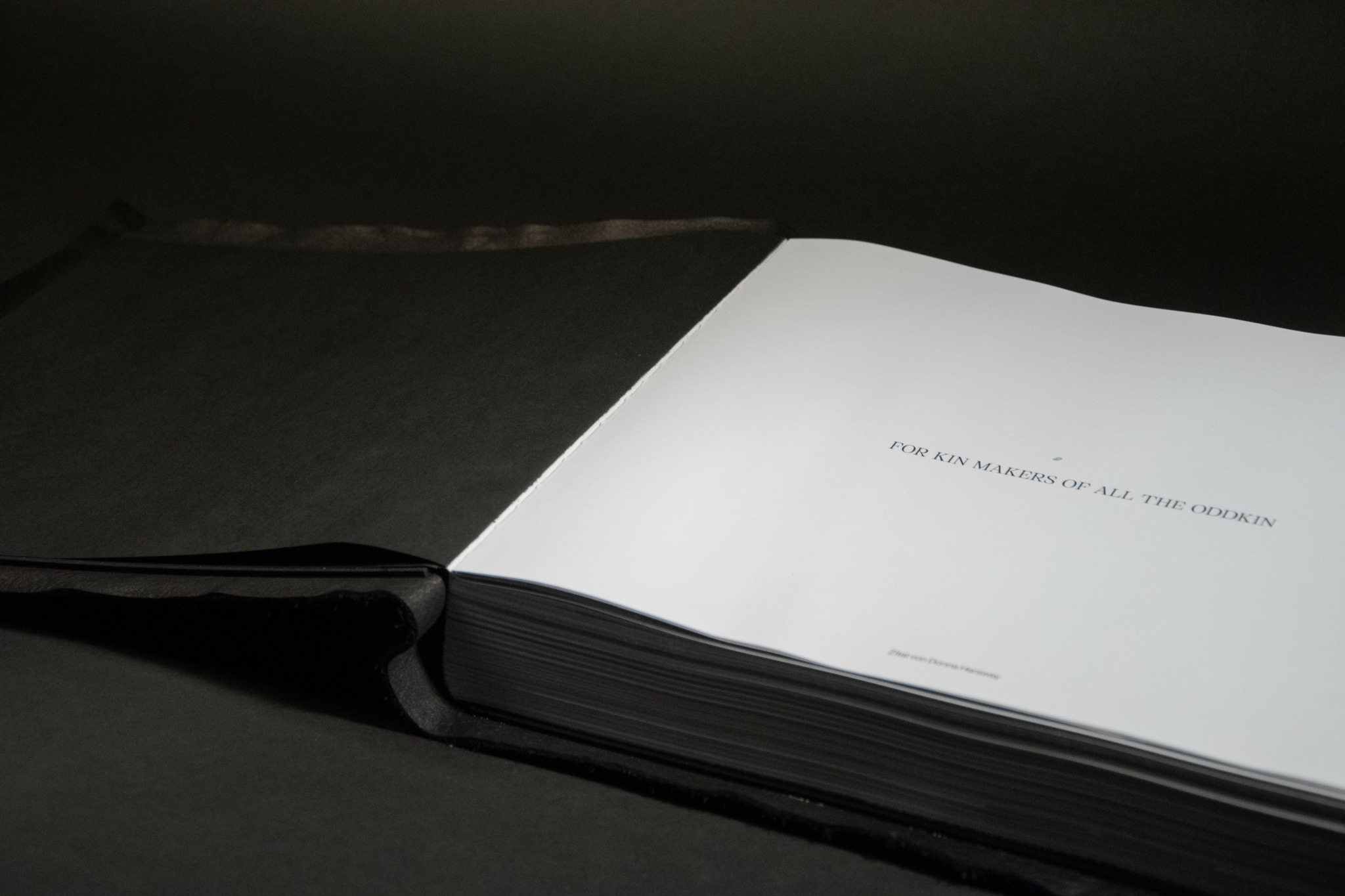
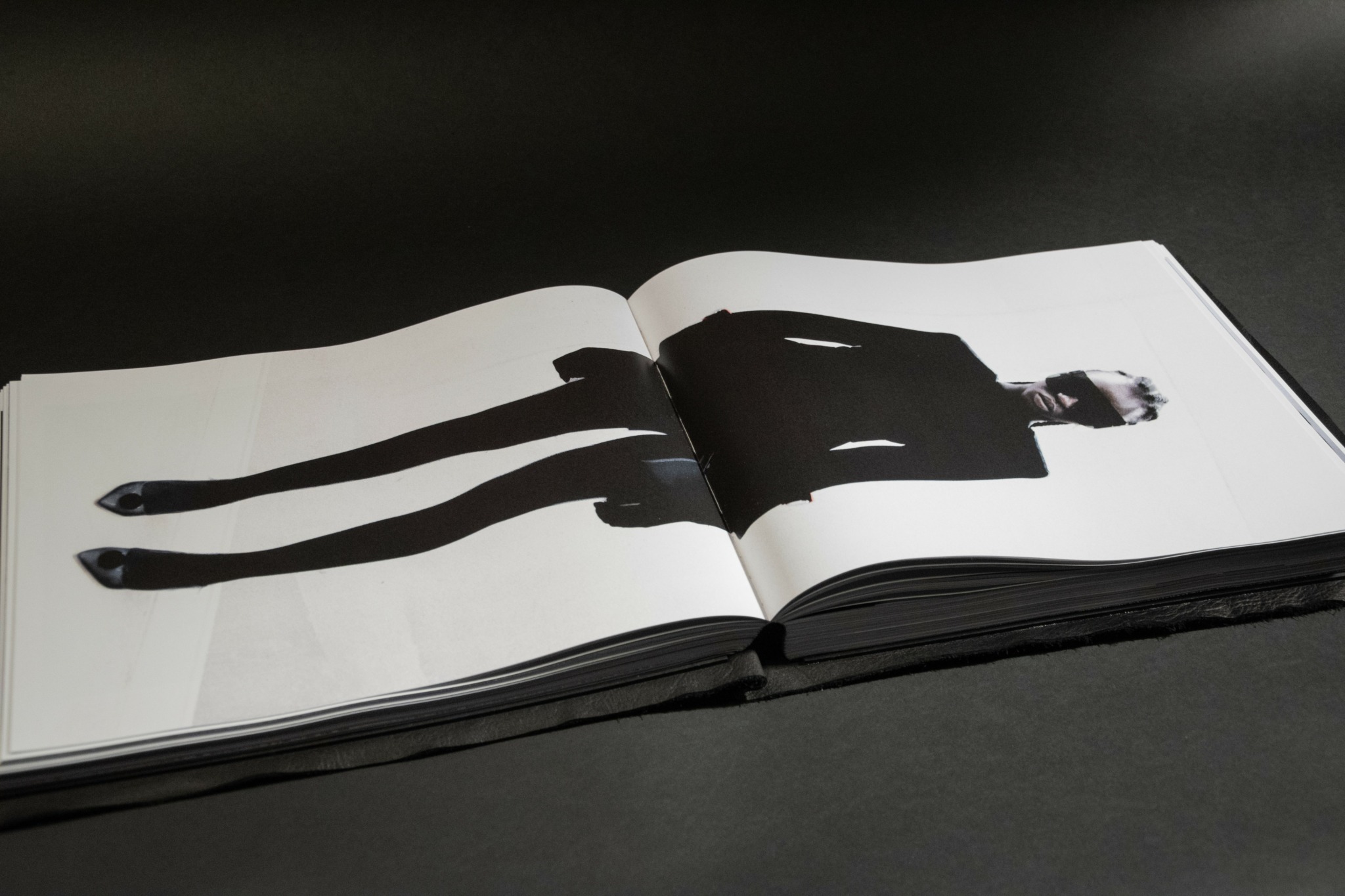
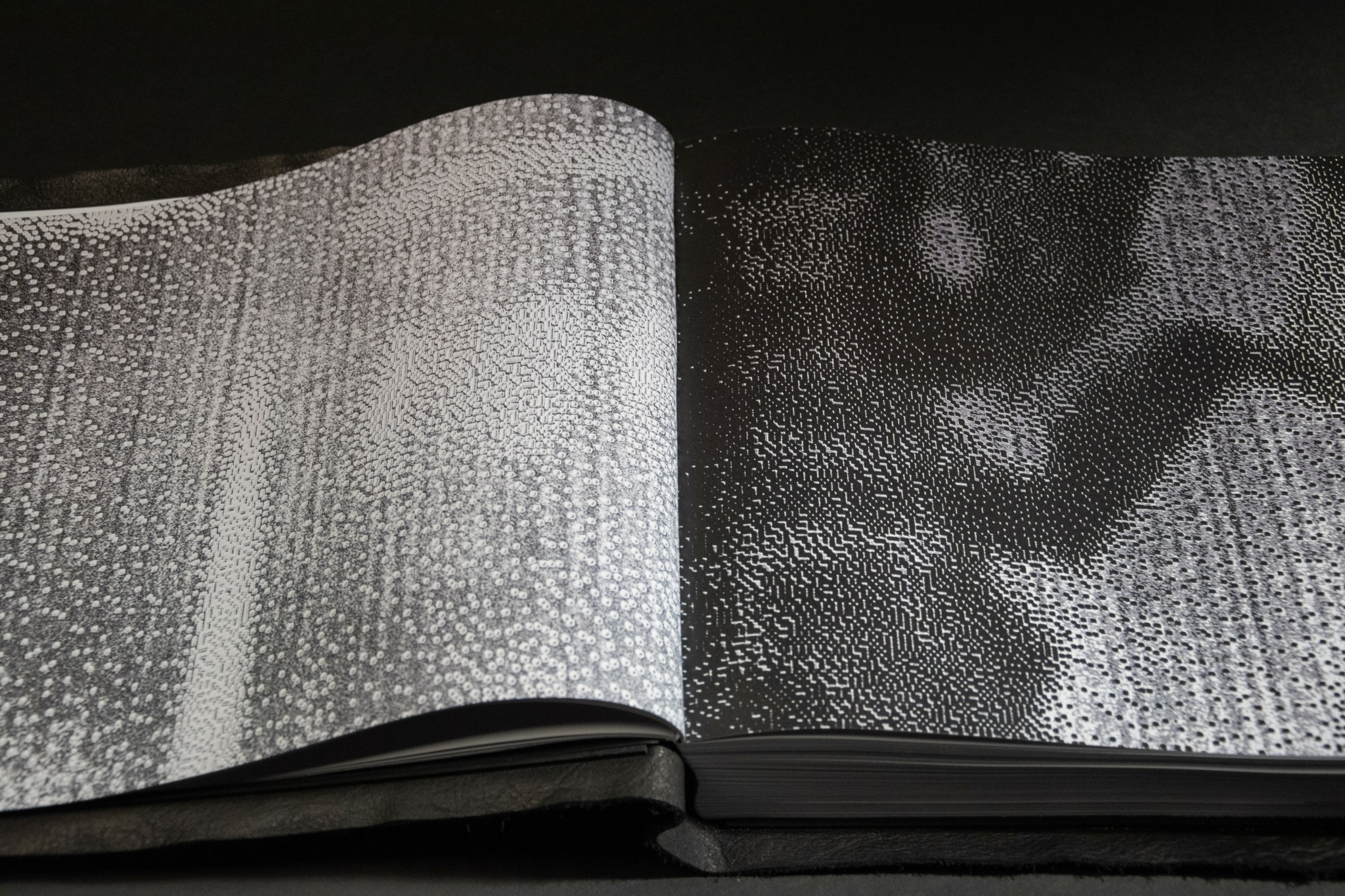
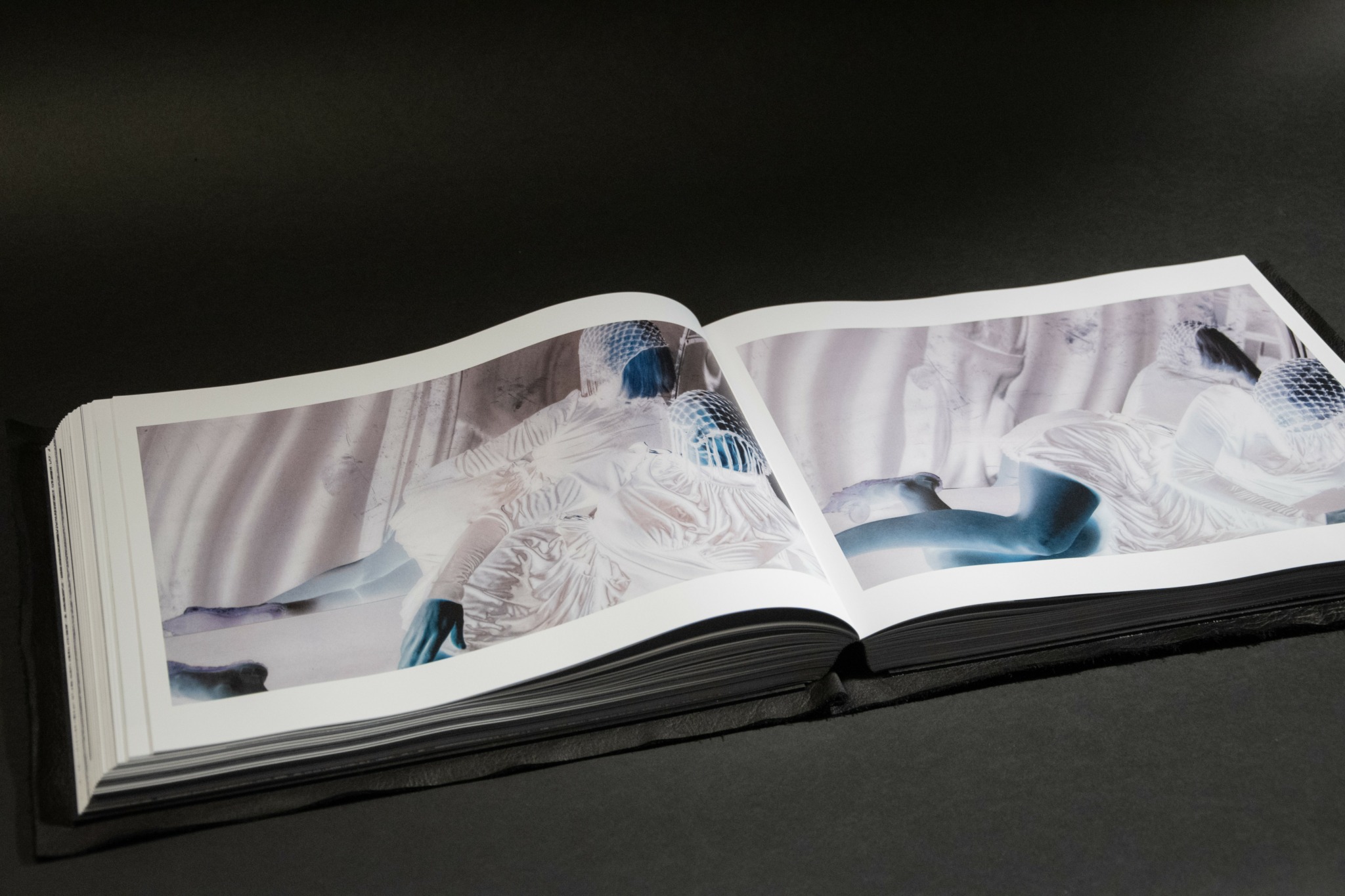
Image Credits
Image: Eray Tonk
All rights reserved


